As the dust is still settling over the rubble of the latest modernist building to be razed in the name of development, owners are urged to feel proud that their homes are considered to be a treasure worthy of being listed for their unique architectural characteristics.
The Cyprus Scientific and Technical Chamber (Etek) has an ever-growing list of such buildings across the island, which it said should be preserved and put to good use, and the owners compensated for the restrictions imposed by listing their buildings.
Modernist architecture in Cyprus covers a period spanning 50 years, from roughly 1920 to 1970, and these are “emblematic buildings, which have some remarkable characteristics, either their architectural value or style, or even social service,” Etek president Constantinos Constanti told the Cyprus Mail.
In Cyprus, buildings over a hundred years old are automatically on the preservation list. Those built after the 1920s need to be declared listed by the cabinet.
The iconic 1930s home on the corner of Arnalda and Stassinos Avenue near Eleftheria square in Nicosia that was demolished last weekend – to widespread condemnation – was not listed.
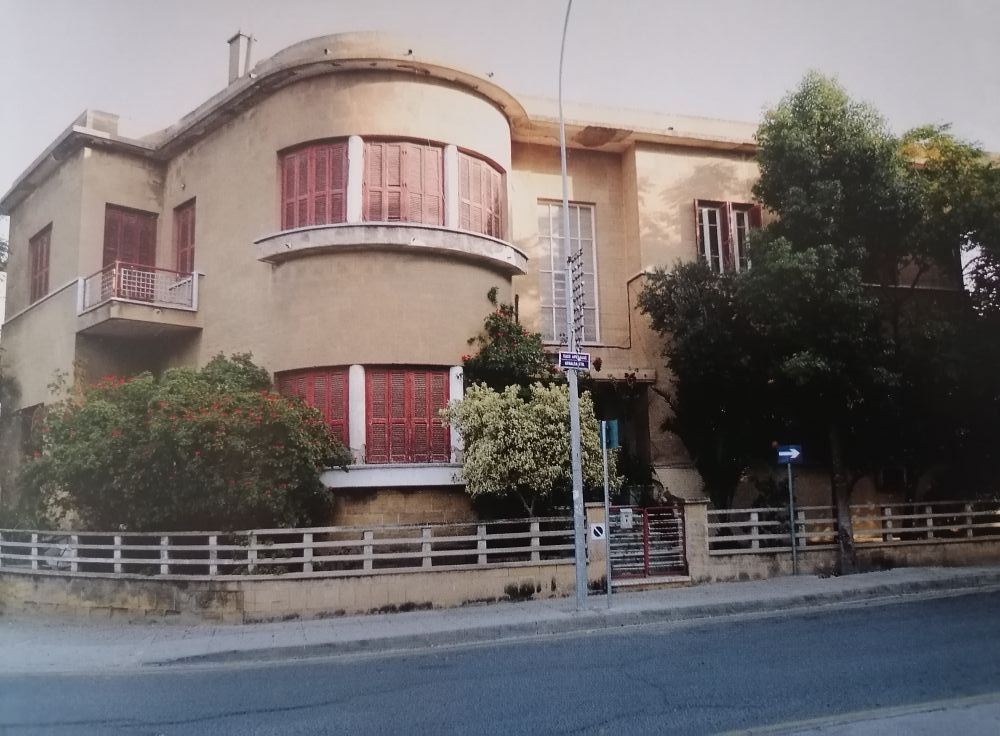
Applications for preservation can be made by the owners, municipalities, town planning and the interior minister. The minister then makes a recommendation to the cabinet in the form of a decree which the cabinet is called on to ratify. Once the decree is in place, no works can be carried out on the building. Owners who feel their interests have been harmed, can appeal the cabinet decision.
“All owners are notified that their property is in the process of being listed, before the cabinet decision,” Constanti said.
“The importance of these buildings is evaluated so that one can convince that they are worthy of being preserved, whether they are historical element values, construction styles or anything else,” he said.
There is no one characteristic that would lead to a building being pronounced worthy of listing, Constanti said, adding that the list of such buildings is “continuously expanding”.
“We began by recording 80 emblematic buildings that have a more public presence. Some played a historical role after the establishment of the Republic of Cyprus, so they have values beyond their architecture,” he said.
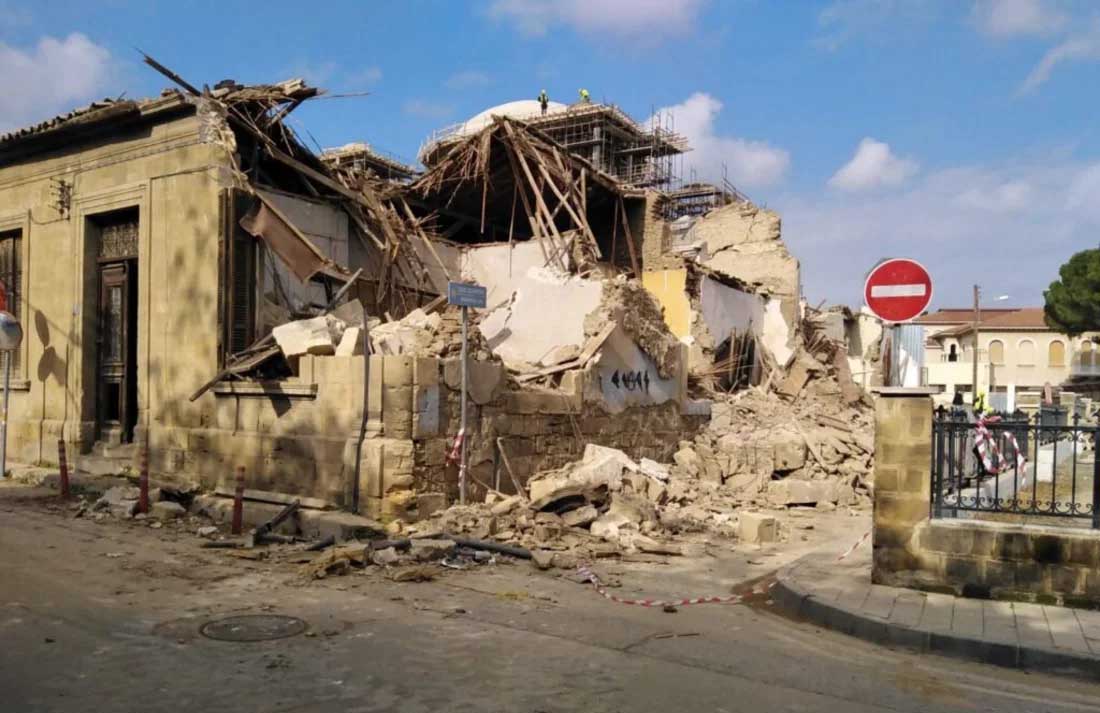
The buildings on the current list being prepared for preservation are private, public or municipal, Constanti said, refraining for being specific.
“If we publicise them, there is the danger of the owners demolishing them before we have the tools to stop them,” he explained.
Etek prepares detailed information for each building, citing the reasons it should be preserved, so that the Department for Town Planning and Housing can recommend to the interior minister which buildings he should take to the cabinet for a decree pronouncing them listed.
The chamber also has a committee that examines the incentives for the owners.
“We are all potentially owners of our cultural heritage and the aim is for everyone to enjoy these buildings,” Constanti said.
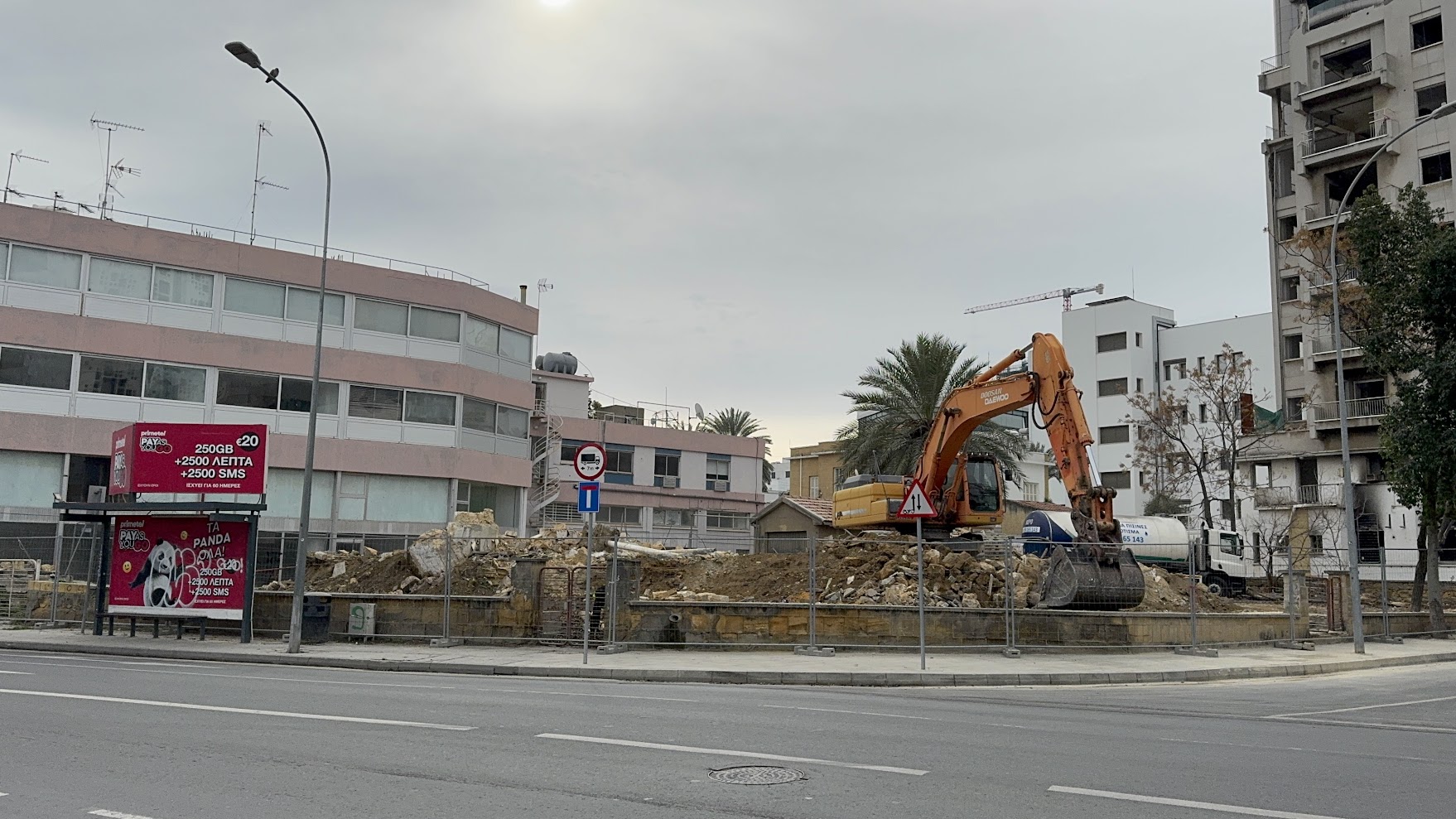
He added that owners should be compensated for losing their right to utilise the building factor of their property that would possibly allow them to build a skyscraper.
“So, we will also be submitting a list with incentives for each modernist building” to be restored and reused, he said.
“We don’t want a museum of buildings, we want buildings that are alive.”
Referring to last weekend’s demolition, Constanti said it could for example have been turned into a citizens’ service centre.
“We didn’t want it restored so that we could drive past and admire it. We wanted to fix it, give it a new lease of life, so that the people could enjoy it and it would be a living cell of the city,” he said.
Constanti explained that Etek’s work was threefold.
It first of all codifies and names the buildings, then looks into incentives for the owners so that they did not bear the cost of preserving cultural heritage and thirdly prepares guidelines as to how those buildings should be restored.
“It is a big deal to go into a building, upgrade it and at the same time preserve its architecture,” Constanti said.
“Owners should embrace this and feel proud if their property falls into this category considered to be a treasure worthy of being preserved, so today’s generation and those to come are able to enjoy these properties, and at the same time the owners should rest assured that at least the proposals to be made by Etek will be fair and will not offload the weight of preservation, that is the cost, onto the owners. The cost should be distributed across the society,” Constanti said.
Earlier this week, Interior Minister Constantinos Ioannou was keen to stress that the demolition of the building on Arnalda and Stassinos avenue was entirely legal because the building was not listed or subject to an application to be listed.
He clarified that for a request to be considered for a house to be listed, it must come from either the local authorities or the owners, unless the house is in the historical core of a city or in an area of special character.
“Through this procedure, more than 7,000 houses have been approved as listed in an effort to preserve our cultural heritage. Another 4,000 applications are currently under evaluation,” he said.
But the future of Cyprus’ historical heritage remains uncertain. A walk around the historic centres of Cyprus cities reveals hundreds of crumbling old listed buildings waiting for time and nature to demolish them without the aid of a bulldozer.
And then there are those who believe they are above the law. In 1921 former archbishop Chrysostomos ordered three listed buildings in old Nicosia demolished in front of his new cathedral. It caused such public outrage that he was ordered to rebuild them. They are now nearly completed.

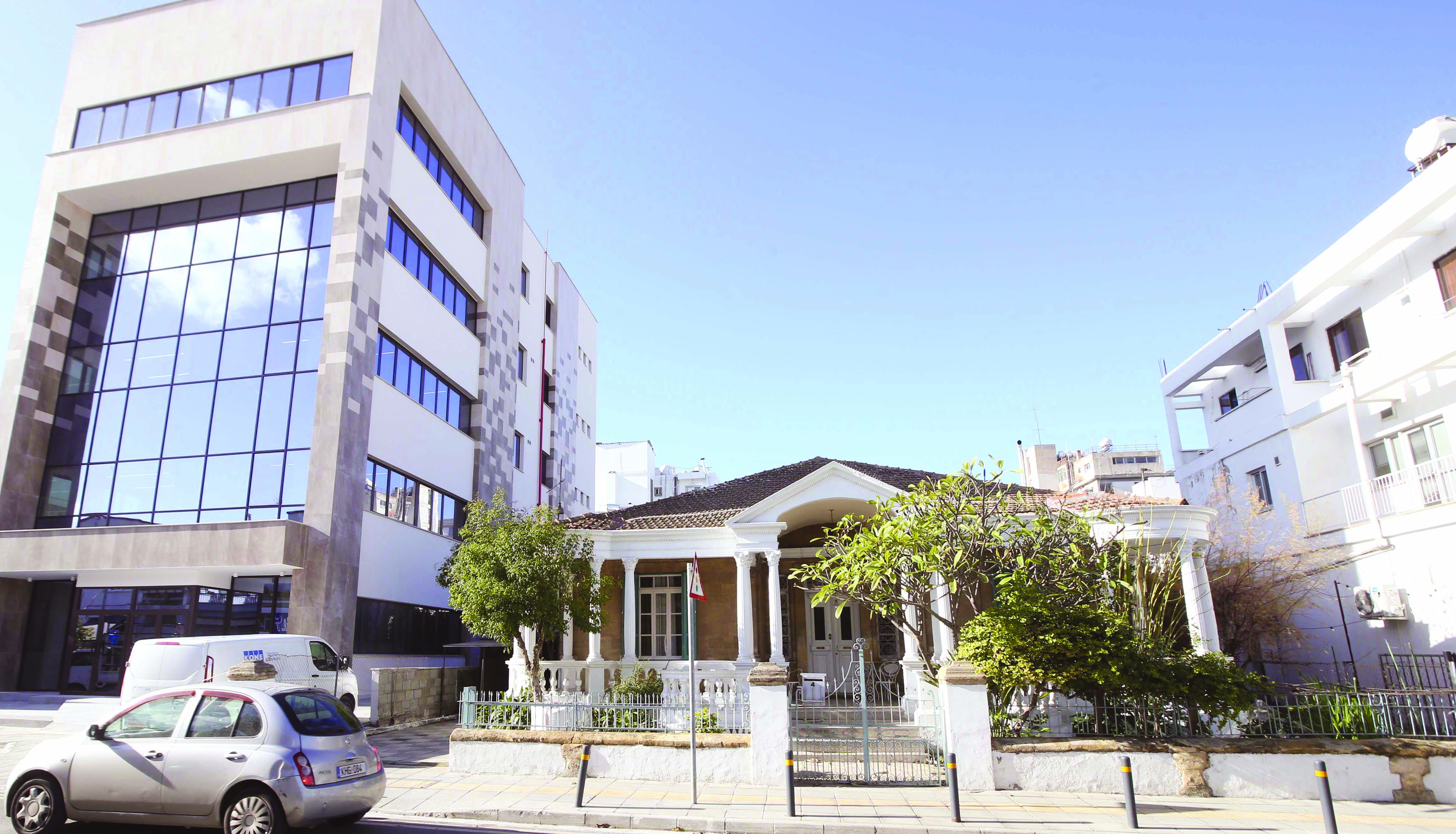


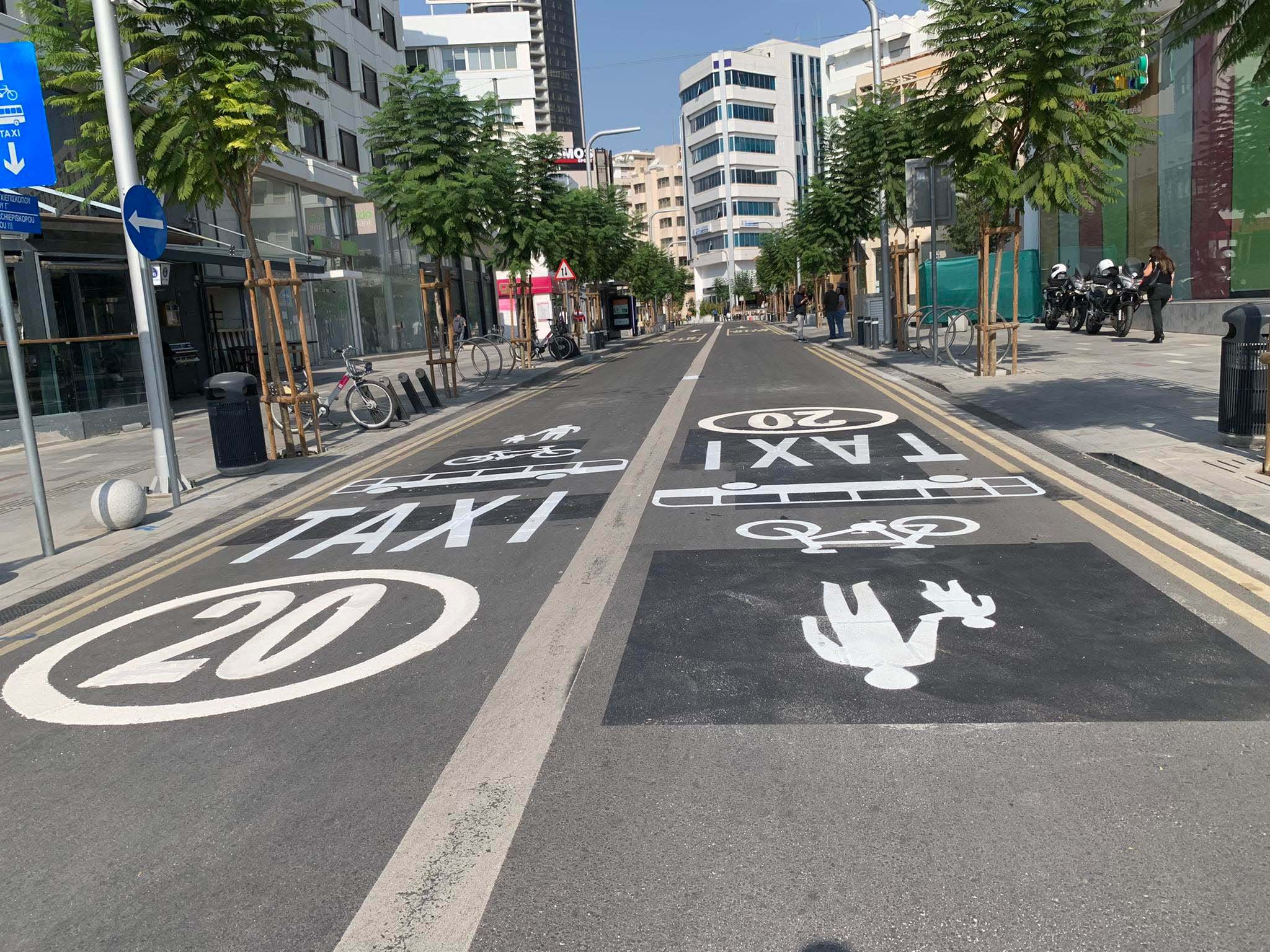


Click here to change your cookie preferences